7 Effective Tips And Treatments To Improve Hair Elasticity
Everything you need to know about this hair property to maintain the health of your tresses.

Image: Shutterstock
Hair elasticity is one of those technical hair care terms many of us may not quite understand. Many products claim to increase hair elasticity. What do they actually mean?

Hair elasticity is your hair’s ability to return to its original structure after being stretched. People with natural hair are more likely to buy products that improve hair elasticity. It’s because hair’s elasticity is key to keeping it healthy and strong. It affects how well your hairstyle looks, how easy it is to manage, and its ability to bounce back from damage. Read on to understand hair elasticity and how it impacts your tresses.
In This Article
The Definition And Importance Of Hair Elasticity
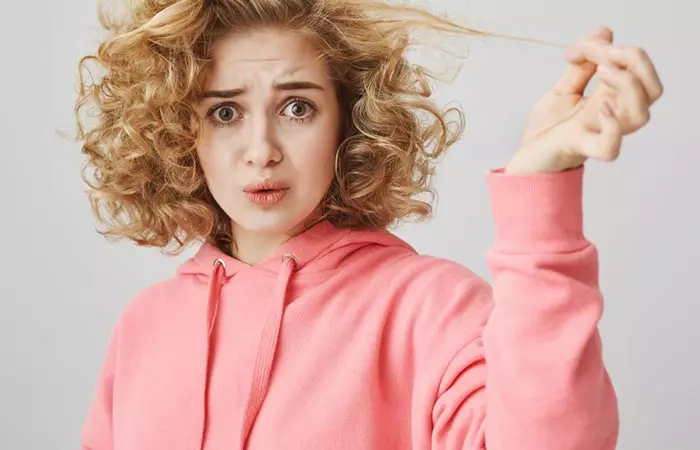
To put it simply, the elasticity of one’s hair refers to the extent to which you can stretch out your strand before it returns to its normal state. It is the reason behind your curl formation, body, and bounce. It also impacts the styling process by influencing your curl retention.
Typically, the health of your hair is determined based on its elasticity. Hair with high elasticity is credited with being soft, hydrated, and easy to manage. On the other hand, low elasticity hair tends to be dull, limp, difficult to style, and prone to breakage. Improper hair care and excessive styling can lead to a decrease in hair flexibility, which can contribute to hair damage.
Elasticity is a crucial component of hair strength and hair resilience, all of which contribute to overall hair texture and appearance. It is a key factor in maintaining hair health and preventing issues such as hair breakage. It can be improved by maintaining a proper balance of hair moisture and the major hair protein, keratin.
The elasticity of your hair is dependent on three main factors. Read the next segment to find out what they are.
Key Takeaways
- Hair elasticity refers to the extent to which a hair strand can be stretched before it returns to its normal state.
- Hair elasticity depends on the diameter of the hair and the hydrogen and cysteine bondsi Chemical bonds that stabilize the protein structure in your hair and stimulate collagen production for hair growth and development. in it.
- High hair elasticity results in stronger and healthier hair.
- Improving your diet and following a healthy hair care regimen can improve your hair elasticity effectively.
What Affects The Elasticity Of Your Hair?
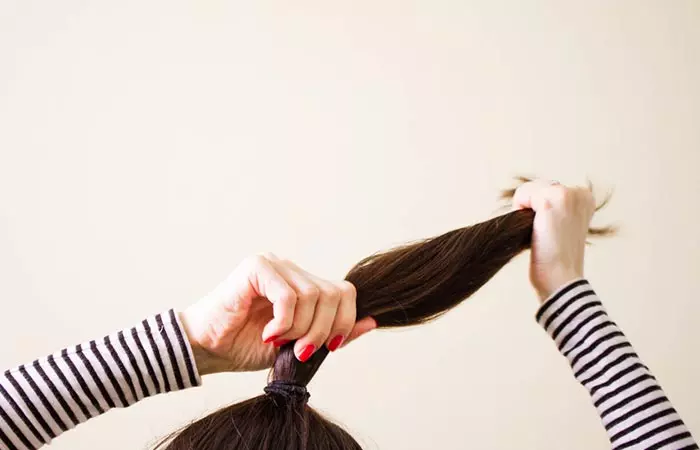
To properly digest this answer, it is important to first understand the structure of your hair strand. It consists of two parts – the cuticle and the cortex.
The cortex is made up of several keratini A structural, fibrous protein that helps form hair, nails, and the epidermal layer of the skin, and keeps skin healthy and heals wounds. proteins that are present within a grid of high water content. It plays a major role in the elasticity of natural hair. Several interactions and bonds occur with this protein structure, and the weakening of these bonds can affect the elasticity of your hair. The two major bonds are as follows:
1. Hydrogen Bonds
These are physical bonds and are easily broken by water allowing you to style and set your wet hair. This is temporary until the hair gets wet again.
2. Cystine Bonds
Also known as disulfide bonds, these chemical bonds give your hair its elasticity by creating a link between the different amino acids on your cortex protein strand
. They also link together the various protein strands. You need to maintain a strict PH level to preserve these bonds; if not, they break and lessen the hair’s elasticity.
3. Diameter Of Hair
Other than the two bonds mentioned above, your hair’s elasticity also depends on the diameter of your hair. Strands with a thinner diameter cannot withstand outside stressors, such as sunlight and heating tools, nearly as well as thicker hair can. Hence, the cortex present within thinner hair can get damaged at a faster pace, resulting in its low elasticity.
So how do you find out if you have high elasticity hair or low elasticity hair? Read the next section to find out.
How Do You Perform The Hair Elasticity Test?
The best way to find out the elasticity of your hair is to perform a stretch test. Mentioned below are step-by-step instructions on how to carry it out.
- Wet your tresses thoroughly with lukewarm water.
- Once completely wet, select one strand of hair.
- Pull it as much as possible, and leave it. Be gentle with the process to prevent breakage.
1. High Elasticity
If your hair falls back into its regular curl pattern, it means that it is high in elasticity. This type of hair is ideal and contains the perfect balance of protein and moisture.
2. Medium Elasticity
If your hair curls slightly, it means that you have medium elasticity. Strands with this type of elasticity have an average balance of protein and moisture. They are also rarely damaged through the use of heat or other chemicals.
3. Low Elasticity
Finally, if your hair stays stretched or breaks, it means that you have low elasticity. Unfortunately, hair that falls under this category does not have the right balance of protein and moisture and is often damaged. In some cases, hair with low elasticity is hereditary. Having said that, this issue could also be caused due to heat or chemical damage.
Now that you know the type of hair elasticity that you fall under, let’s discuss the different ways to maintain and improve it.
Effective Strategies To Restore Hair Elasticity
Believe it or not, you can easily restore your hair’s elasticity by following the tips below. Moreover, incorporating some essential hair care tips and tricks into your routine can help you achieve healthier, more resilient hair.
1. Use A Conditioner With Every Wash
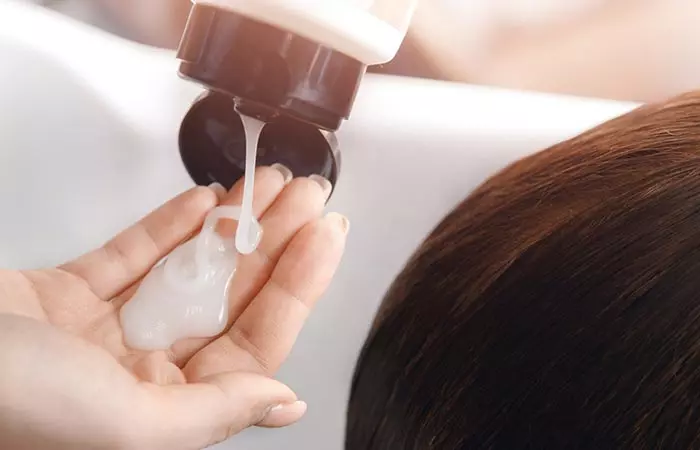
Frequent hydration is needed to strengthen your hydrogen bonds and increase your hair’s elasticity. We recommend applying conditioner to your locks after every hair washes to give it a much-needed moisture boost.
2. Avoid Hot Tools
Be it your dryer or other styling devices; hot tools can suck all the water from your strands. Water breaks the hydrogen bonds while drying the hair allows you to reset it in a new style. However, excessive heat can cause moisture loss. To avoid this, we suggest limiting the use of hot tools.
3. Brush Your Hair Often
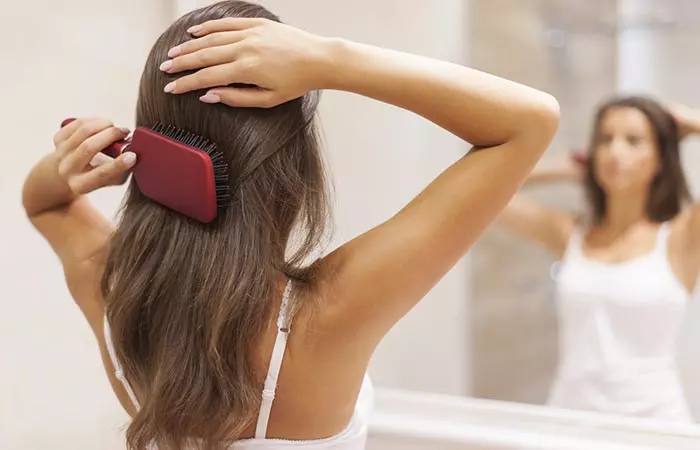
While there is no evidence to support the same, many experts say that brushing your hair with a large brush is a great way to improve its elasticity. Through this process, the oil on your head is evenly dispersed, giving your cortex the moisture it requires.
4. Try Protein Treatments
Look for products that contain extra protein to restore your hair’s elasticity and strengthen it from the shaft. You should use the protein treatment about once or twice a month and follow up with a deep conditioner for significant results.
5. Improve Your Diet
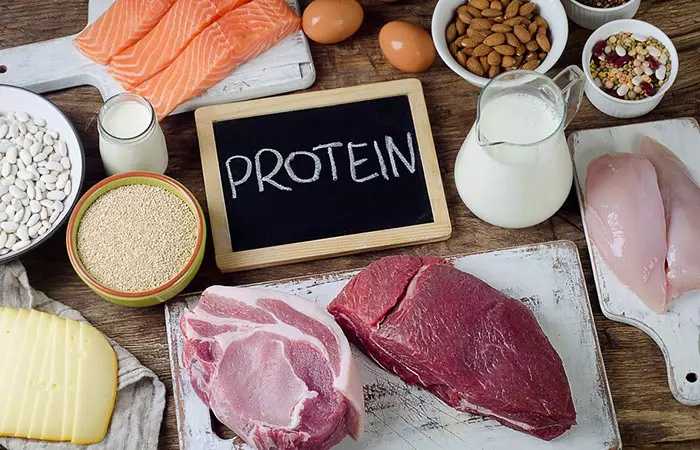
Eating the right foods can enhance the strength and elasticity of your hair. High-protein foods such as eggs and meat can replenish your strands with a healthy dose of nutrients. Foods that contain oils and Omega-3 fatty acids such as salmon and nuts can also nourish your locks.
 Quick Tip
Quick Tip6. Add Olive Oil To Your Hair Care Routine
Olive oil has an emollient effect on hair, which seals the cuticles and traps moisture for prolonged hydration. It has antioxidant and antifungal properties that protect hair and scalp health. Moreover, its photoprotective properties can combat damage by ultraviolet radiation (1). Although these properties do not directly impact the protein structure of the hair, they support its health in multiple ways that indirectly promote hair elasticity and aid in its maintenance.
7. Go For Weekly Hair Masks
Regular hair masks are great for deep conditioning and overall hair health. They nourish, moisturize, and strengthen the hair, possibly leading to improved hair elasticity. You may use avocado or honey to make DIY hair masks. Avocado contains biotin, which supports hair health, and honey is a wonderful emollient with antimicrobial properties, making it perfect for overall hair and scalp health (2), (3).
If you prefer quicker results, consider the different hair elasticity treatments discussed in the next section.
Is There A Hair Elasticity Treatment?
Yes, there is! Also known as protein treatments, these products repair hair elasticity by attaching hydrolyzedi Involving a chemical reaction where water is used to break down a compound to form one or more new compounds. proteins to the hair follicle. They not only strengthen your tresses but also provide them with ample hydration.
Having said that, not all-natural hair elasticity treatments are the same. The intensity of each hair product depends on the elasticity of your hair. They can primarily be divided into 3 distinct categories based on your elasticity type.
1. Hair With Lots Of Elasticity
Protein packs or hair masks are a great way to maintain hair with high elasticity. While filled with several hydrating ingredients, these products are relatively light on the hair and work towards replenishing the moisture lost during the week.
2. Hair With Medium Elasticity
Deep conditioning treatments are generally recommended to people with medium hair elasticity. These hair products have several moisturizing properties and are specially designed to penetrate deep into the cuticle to hydrate and fix the cortex of the strand.
3. Hair With Low Elasticity
People with this type of hair require reconstructorsi Hair treatments done to repair protein damage caused by hair coloring, heat styling, bleaching, perming and other chemical processes. to improve their elasticity. They are conditioning hair products that are specifically formulated to reverse protein damage. You should apply this product once every two weeks for optimum results.
 Quick Tip
Quick TipInfographic: How To Improve Hair Elasticity?
Hair elasticity is critical when it comes to healthy hair management. It is nothing but the hair’s ability to stretch and return to its original shape. There are many reasons for low hair elasticity. However, you can improve it easily. Click on the infographic below to learn more!
Some thing wrong with infographic shortcode. please verify shortcode syntax
The concept of ‘hair elasticity’ in hair care draws attention to the relatively less discussed aspects of hair profile. It refers to how far your strands can be stretched before it recovers to their resting condition. It is responsible for your hair’s curl structure, bounce, and texture. Hair elasticity can be determined by considering factors such as the number of hydrogen and cystine bonds present in your hair strand and its diameter. Brushing and conditioning your tresses can help them retain their natural elasticity. Apply a nourishing hair mask, deep conditioner, or reconstructor, depending on the level of elasticity of your hair.
Frequently Asked Questions
Is your hair supposed to have elasticity?
Yes. Elasticity is an important aspect of hair profiles as it implies that your locks are hydrated. The higher the elasticity, the healthier the hair.
What is low-elasticity hair?
Low-elasticity in hair implies dehydrated and dry hair. It means that your hair is brittle and breakage-prone. Chemical treatments can easily damage your locks as such hair types do not return to their original structure very easily.
How do you determine hair porosity and elasticity?
You can determine the elasticity of your hair through the elasticity test as instructed in the article. You can perform a float test to determine hair porosity.i A hair strand's quality to absorb and retain moisture, the knowledge of which can help one pick the right products for their hair. Take a couple of hair strands and drop them in a bowl of water. If the strands float, you have low porosity hair, if they sink, you have high porosity hair. Understanding your hair porosity can help you choose the right products to maintain optimal hair health.
Illustration: Effective Tips And Treatments To Improve Hair Elasticity

Image: Stable Diffusion/StyleCraze Design Team
Discover how to restore the elasticity and luster of your hair. Watch this video to learn how to achieve the best results with simple steps.
References
Articles on StyleCraze are backed by verified information from peer-reviewed and academic research papers, reputed organizations, research institutions, and medical associations to ensure accuracy and relevance. Read our editorial policy to learn more.
- Hair Oils: Indigenous Knowledge Revisited
https://www.ncbi.nlm.nih.gov/pmc/articles/PMC9231528/ - Nutritional Composition of Hass Avocado Pulp
https://www.ncbi.nlm.nih.gov/pmc/articles/PMC10340145/ - Hydration and Barrier Potential of Cosmetic Matrices with Bee Products
https://www.ncbi.nlm.nih.gov/pmc/articles/PMC7321148/
Read full bio of Martine Langsam
Read full bio of Arshiya Syeda
Read full bio of Ramona Sinha
Read full bio of Medha Deb






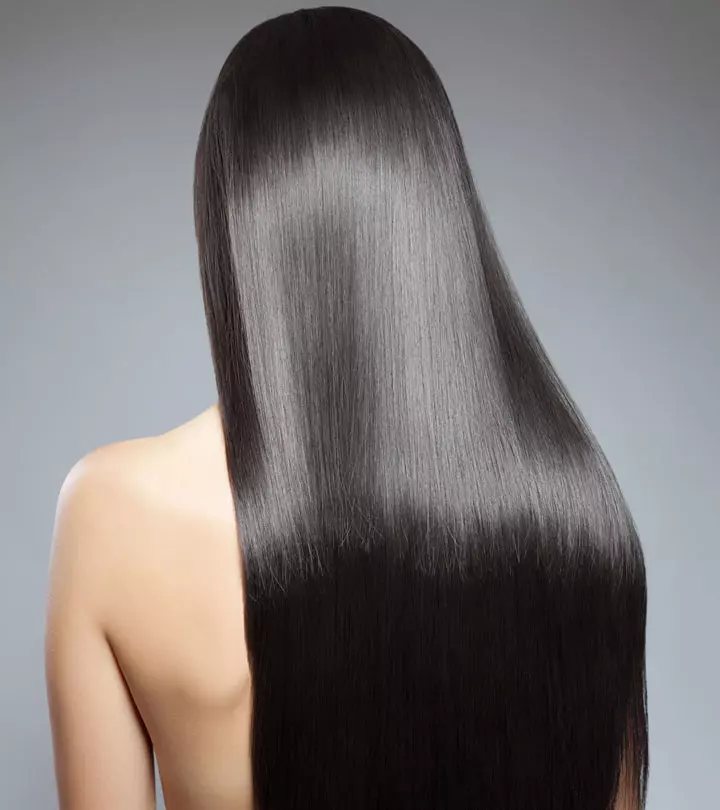
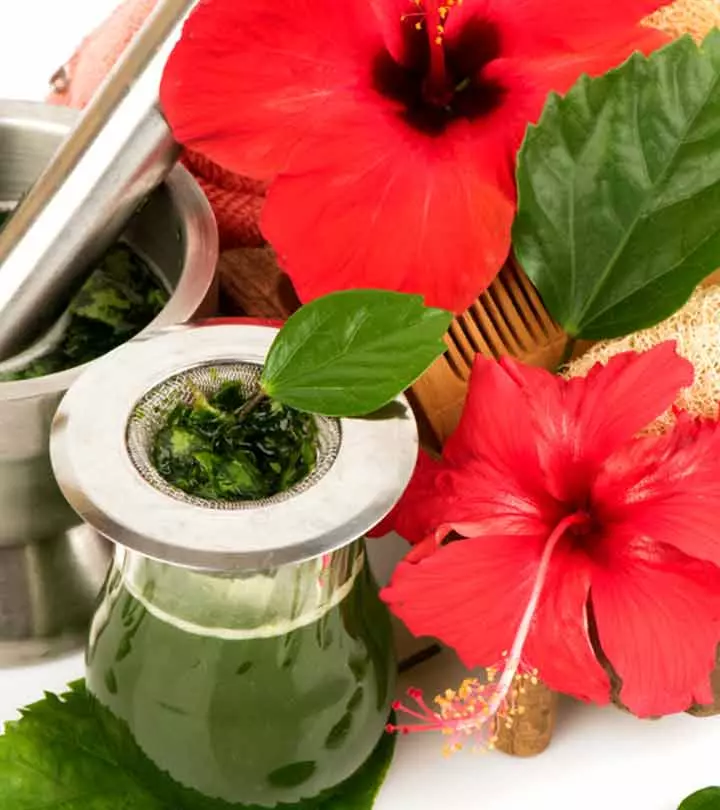
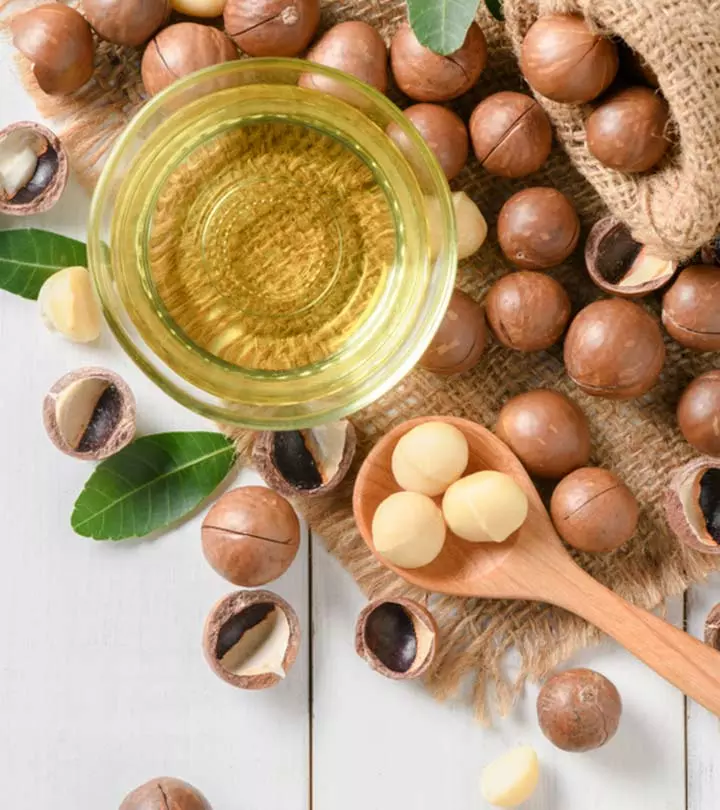
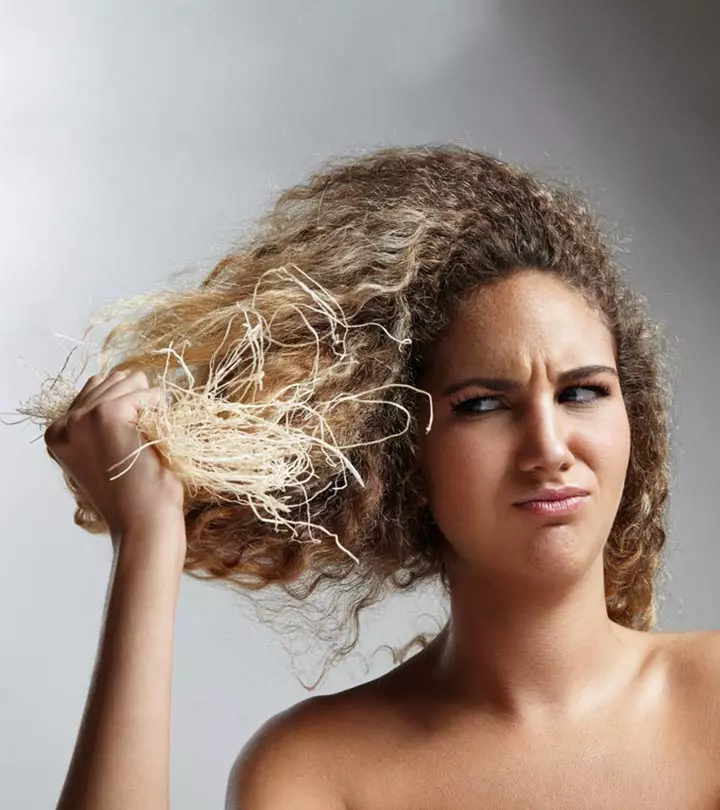






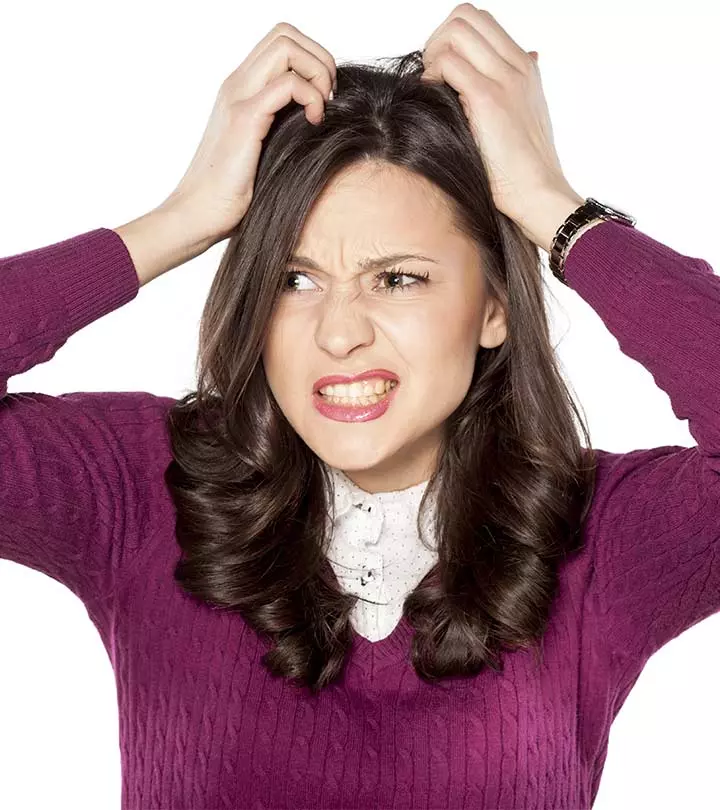
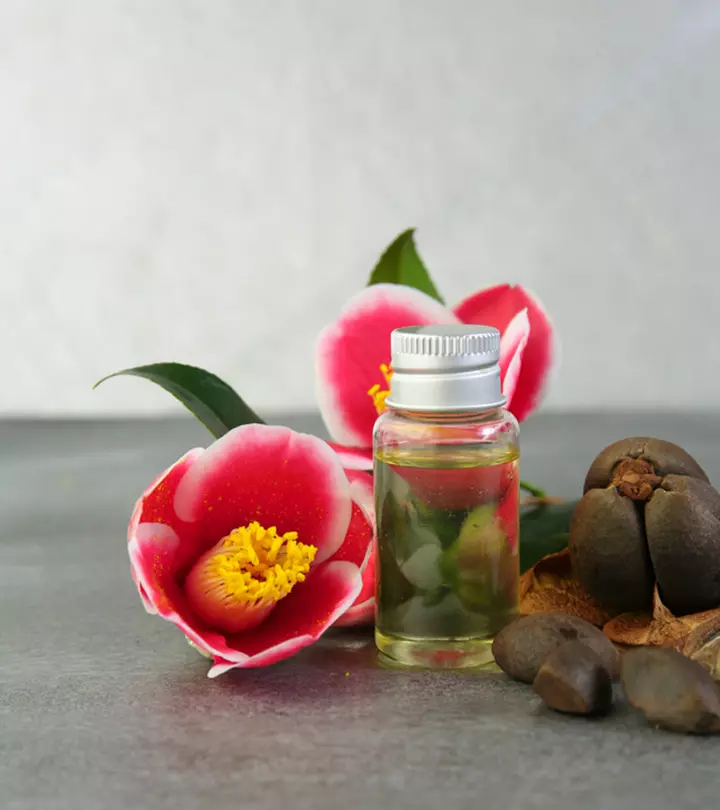
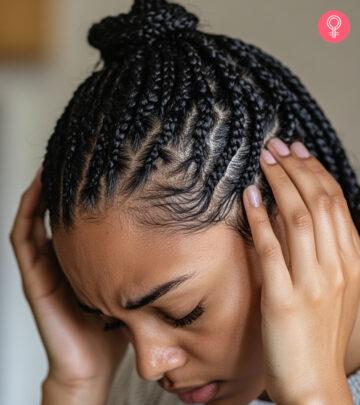
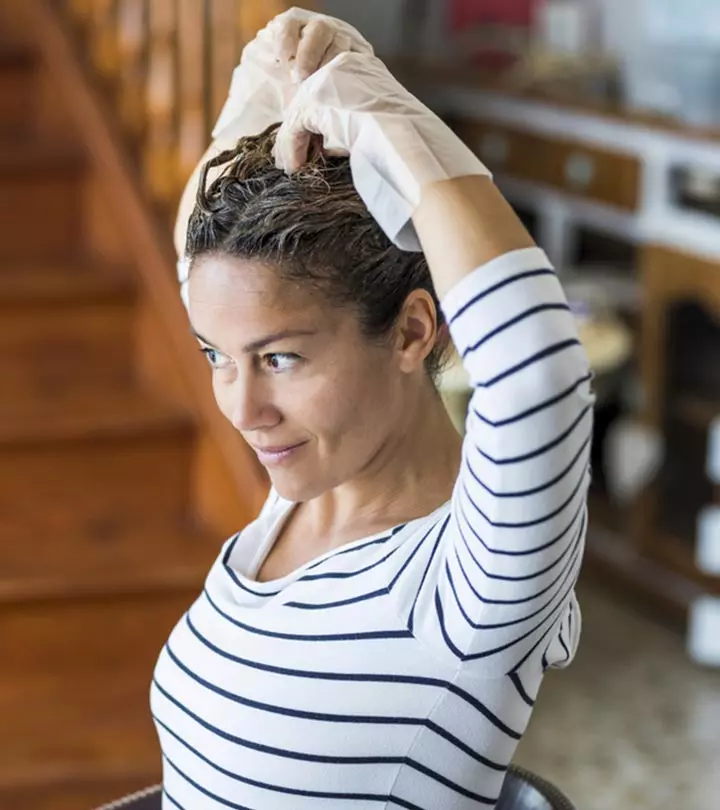



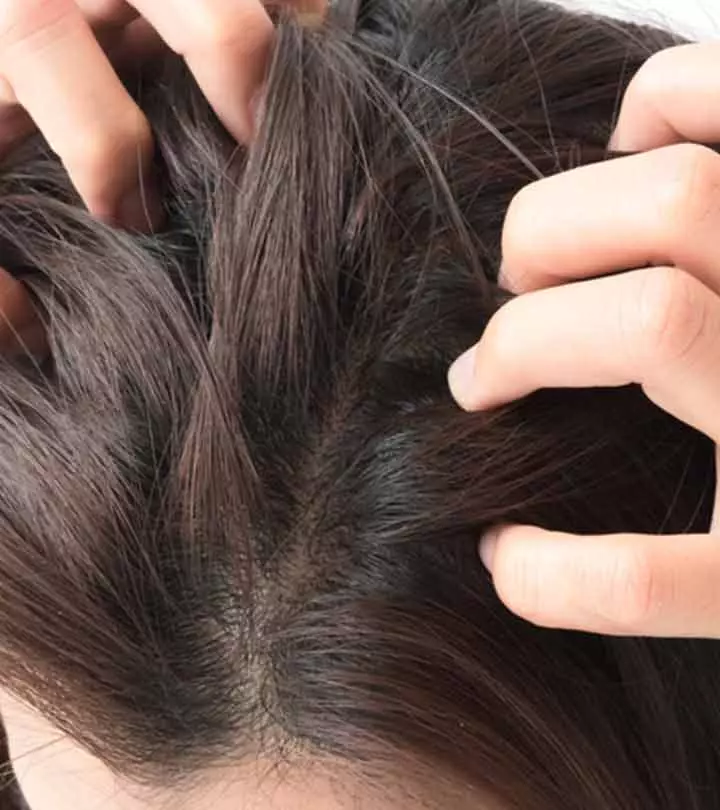
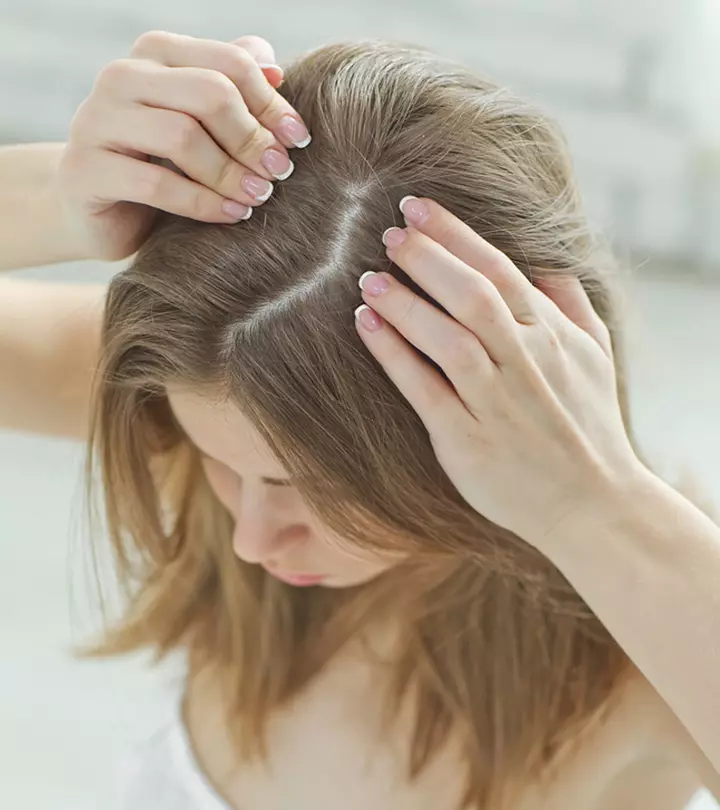
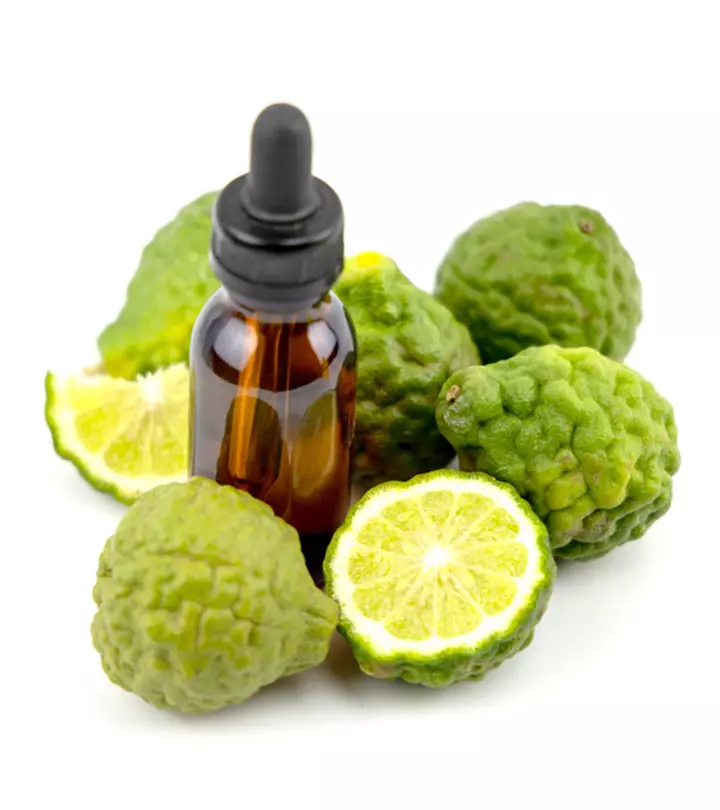

Community Experiences
Join the conversation and become a part of our empowering community! Share your stories, experiences, and insights to connect with other beauty, lifestyle, and health enthusiasts.